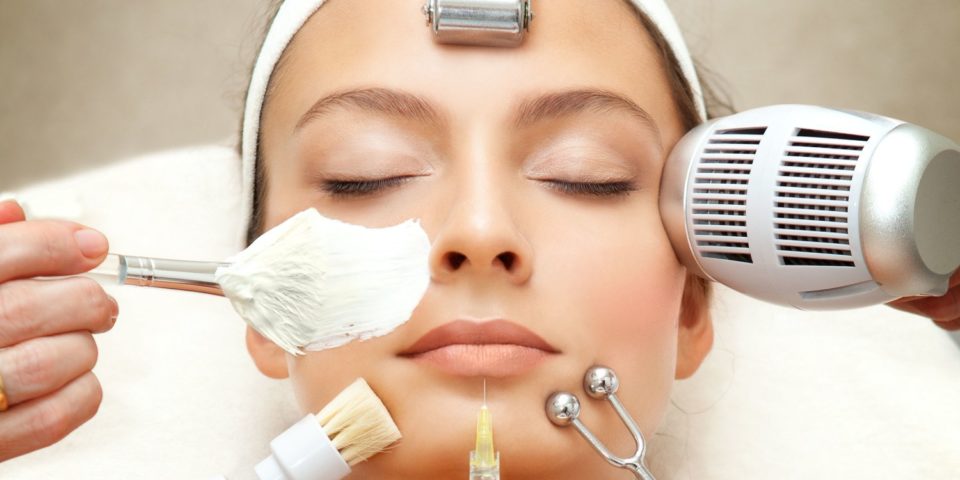Although skin cancer can be difficult to detect and notice signs of, it is still the most preventable of all common cancers. There are some common sense measures that can prevent the onset of skin cancer, such as conducting a skin cancer check at home and minimising exposure to sunlight and ultraviolet rays. This article will go over these and other tips for minimising the risk of skin cancer.
H2: Minimise Time Spent in Direct Sunlight
While it’s difficult to resist the temptation to spend time outside in the sun, especially during the summer months, it is well documented that a majority of skin cancers are caused by overexposure to UV rays from the sun, tanning beds and sun lamps. This isn’t to say that you can’t occasionally enjoy getting some valuable sunlight, but it does mean that you should avoid any unnecessary contact with direct sunlight, especially on days when the UV index is forecasted to be high.
UV rays in high concentration can damage skin cells and make the development of skin cancers more likely. Protection from UV rays is important all year round – not just in the hot summer months. Staying vigilant by limiting exposure to direct sunlight and conducting a semi-regular skin cancer check will go a long way to minimising your personal risk of skin cancer.
H2: Wear Protective Clothing
Of course, there are many cases where limiting your time spent in the sun is impossible. This is especially true if your work is primarily conducted outside or if you’re participating in an outdoor event where minimal shade is provided.
By wearing protective clothing such as shirts and pants that fully cover your arms and legs, you can mitigate how much exposure you get to UV rays. Other useful clothing items to don include a wide brim hat that covers your head and ears and shades your neck and face. There are also sunglasses on the market that can block UV rays.
H2: Use Sunscreen
Another simple and affordable solution to help minimise your risk of skin cancer is to use a broad-spectrum sunscreen with SPF 15 or higher, especially during hot days or days when the UV index is forecasted to be high.
The chemical barrier provided by sunscreen works by filtering UV radiation by either absorbing it or reflecting it away from your skin. However, no sunscreen currently on the market can provide you with 100% protection from UV radiation. As such, it is best to use sunscreen in conjunction with conducting a semi-regular skin cancer check to help minimise the risk of skin cancer.
H2: Get Your Skin Checked by a Doctor or Specialist
While it’s important to be conducting skin cancer checks yourself at home, one of the best ways to minimise your risk is to consult with a doctor or specialist and have them conduct a skin cancer check. A skin cancer doctor or specialist will be able to help you track any suspicious moles or lesions on your skin. In some cases, they can remove them or send a sample off to be further examined in a laboratory. Your doctor can also refer you to a specialist if they suspect anything especially malicious with your moles.

